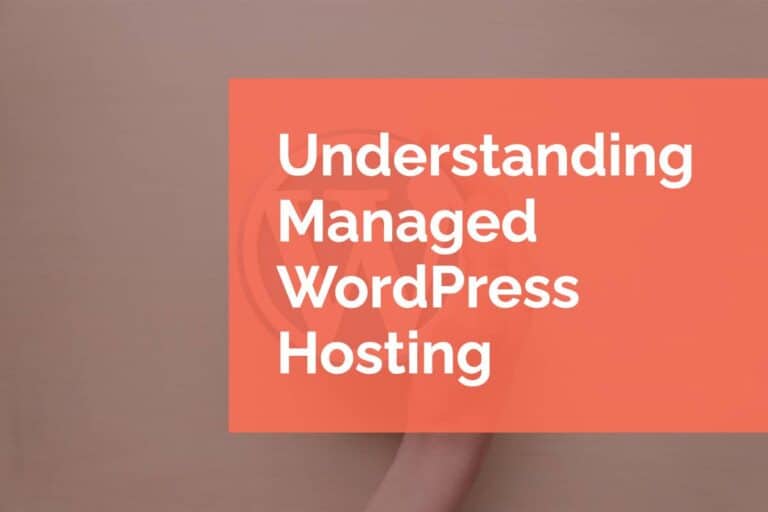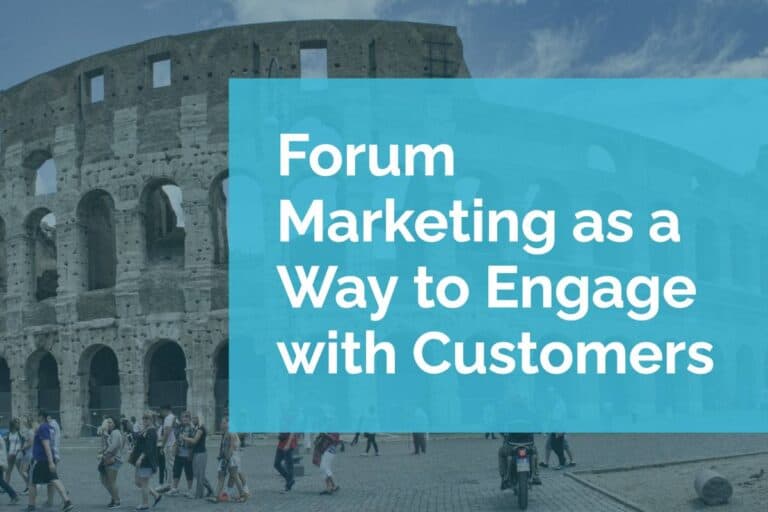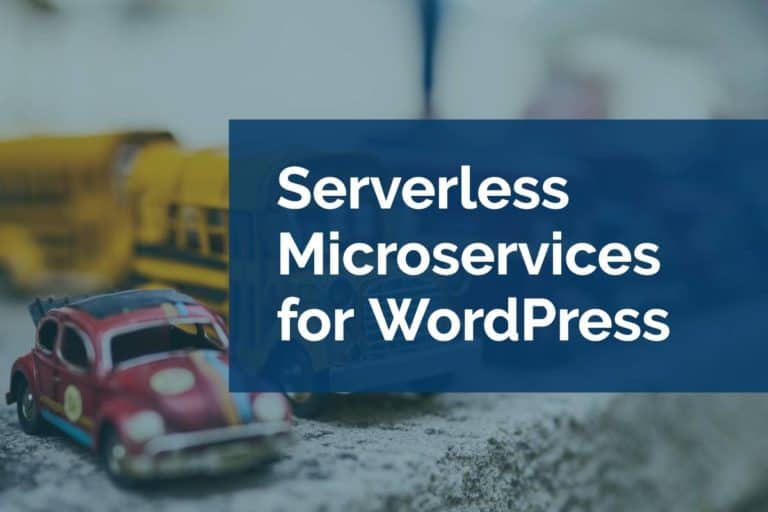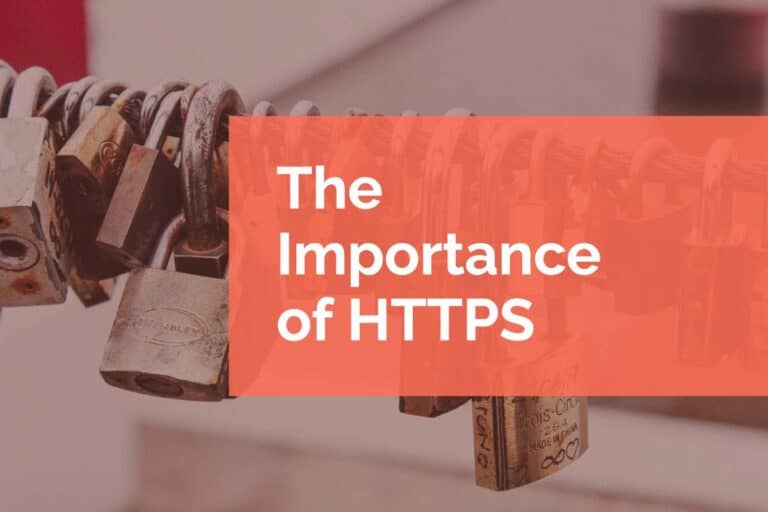Five Tips for Converting More Visitors to Customers
Quick question: how many of your website visitors are converting into customers? Not sure? Just guessing? That’s bad news in today’s competitive digital world. With so many websites and applications competing for attention it’s never been more important to convince those that visit your website to get just a little further into the sales funnel. If they “X” out of the site or navigate somewhere else entirely they may never come back.
Every potential customer that visits your business website yet fails to “convert” and complete the desired action, such as contact request, signup, or finalizing a purchase, is a missed opportunity that you may never get back. While there are numerous aspects involved in converting more visitors to customers, there are a few minor tweaks that you can do on your own to help generate more website conversions.
Here are five things that you can do to give that conversion rate a much needed nudge in the right direction.
1. Have a Clear Call to Action
On your website, a call to action (CTA) is what directs your site visitors and target audience to complete the desired deed — such as “Buy Now” or “Request a Consultation.” CTAs are meant to entice your visitors into taking specific actions that move them further into the sales funnel. So, take the time and effort to make them as compelling and persuasive as they can possibly be.
There are three main characteristics of a website call to action:
- Placement – Where the CTA is located on the page
- Design – What the CTA looks like on the page
- Copy – What the CTA actually says and communicates
Obtaining a conversion is simply getting your visitors to respond to some sort of CTA, most of the time involving a click or tap of a button. When it comes to CTAs, there are literally thousands of types that you can use whenever you want the visitor to do something specific or respond in certain way.
Some common types of CTAs:
- Add to Cart/Buy Buttons
- Subscription Signups
- Form Completions
- “Read More” Links
- “Try it Now” Downloads
- Social Media “Share” Widgets/Buttons
- Chat Now/Help Options
Good locations for CTAs:
- Purchase Pages
- Side Bars
- Persistent Headers
- Popups, Exit Polls, & Slide-Ins
- End of Post/Page/Article
- Newsletters
- Social Media Posts
If your visitors cannot easily determine where to go or how to accomplish their preferred activity, chances are slim to none that they’re going to have a positive impact on your conversion rates. Page load, search engine optimization (SEO), and solid development are factors in getting visitors to your website. Without clear calls to action, all of your time, effort, and expense could be for naught and your website conversion rates will definitely suffer.
2. Provide Descriptions and Photos
This may seem obvious, but a startling number of clients we work with come to us with websites that lack the most visually interesting content necessary for great conversions. Some provide vague product information and/or inferior photos. Some have almost no product or service information at all. Customers want to see your products and hear or read details about what you have to offer them!
Having a simple list of product names or just providing stock photos and nothing else is going to be a huge turnoff for your target audience. Your content has to be accurate, engaging, descriptive, professional, and entice your visitors to convert. While our team works hard to optimize content for conversions, this is an area that you can tweak regularly on your own to make improvements in conversion rates.
3. Offer A Crystal Clear Return Policy
When shopping online, customers consider several aspects before finalizing a purchase. They read reviews of your business and the product itself. They research whether the item will actually look like the photo or description. One of the biggest factors that can affect your conversion rates is your return policy. Is it easy to find and understand?
You can reassure your target audience that your company is trustworthy and they are making a smart decision with a clear return policy. If shipping on returns is free, be sure to highlight that fact. If you allow customer choice of refund, exchange, or credit, make those options clear and easy to understand.
Over 3/4 of your site visitors will factor your return policy into their purchase-making decision. As more and more people shop online, they expect an easy to understand return policy. If the policy is hidden or not easily found, visitors may assume that you have something to hide. Conversely, if your return policy is clear and they encounter it while shopping or at the checkout, they’re far more likely to convert.
4. Provide Easy Customer Support Access
Customer support is critical to conversions both before the sale and after. If you visit a website in need of support and struggle to find the contact information you become frustrated. Websites that obscure or hide how to get in touch are often are sending a signal. They’re telling customers and potential customers that they don’t care to be bothered with questions. Adding easy to find support that is responsive to customer needs can have a huge impact on your conversion rates.
Having a “Chat Now” or “Help” button is an excellent way to increase conversions. Not only are you showing that you care the visitor has stopped by your website, but you are also giving yourself an opportunity to sell or convert them. If your audience encounters an issue or has a question but must resort to emailing you and await many business days for a reply the chance of a conversion once again is diminished.
5. Put Trouble-Free Navigation & Search Functionality On the Website
Getting your target audience to your small business website is only part of your mission. As we talked about earlier, subsequent conversion involves numerous aspects and moving parts. Your website navigation has to be clear and easy to maneuver. Most importantly, your products and services have to be easy to find. If you make it difficult for visitors to find what they’re looking for they’re more likely to leave than converting.
Additionally, if you have a variety of merchandise available online, a viable and professional search function is also essential for increasing your site conversion rates. With virtually any good or service available at their fingertips in an increasingly digital world, consumers’ attention spans are shorter and their tolerances are lower. That means you have to do everything in your power to ensure that your website is completely optimized for the user experience. Your target audience and potential customers have to be able to find what they want without encountering unnecessary issues or trouble.
More Website Conversions Means More Money
Taking the time to ensure that your website and offerings include the above tips can definitely help increase your conversion rates. Even the smallest positive change can have a huge effect on your business. Making your calls to action clear, making your value proposition obvious, and making your site easy to understand and navigate can all provide some of the positive influence your conversion rates no doubt need.
That said, you should keep in mind that conversion sciences are an almost ever-evolving process. Practices that entice visitors to convert or complete a call to action today for one product or service, may not work tomorrow or for a different offering. As a result, optimizing for conversions should be a regular part of your digital strategy. Optimization isn’t an endpoint you reach with any sort of finality.
If you’re interested in learning more about improving conversions on your own website, contact us today. We’re happy to learn more about your business goals and how to reach them through a comprehensive digital strategy. Pixel Jar has years of experience working with clients that understand every website visitor is precious.






